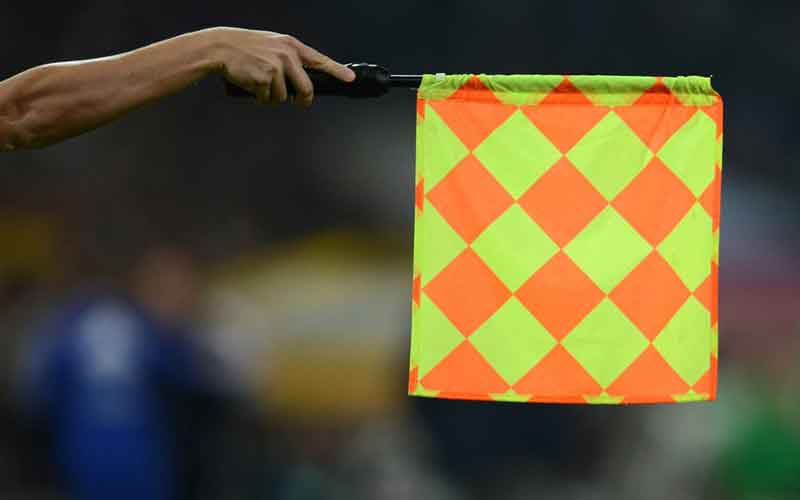×
The Standard e-Paper
Stay Informed, Even Offline

Since football’s inception in the 12th century, no argument is prevalent in fan circles than the offside rule.
Fans, analysts and even players have sometimes clashed over the rule – which has come under the spotlight after the introduction of the Video Assistant Referee (VAR).